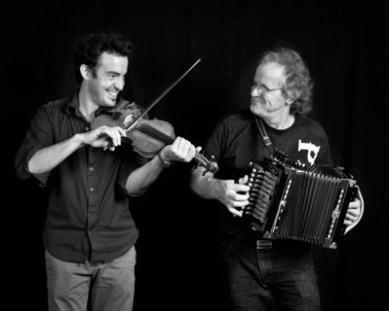“The first reason why I chose to go on this field trip was to miss school. When I got there, I discovered it was actually super interesting.” So said a 16 year-old high school student in reflecting on her day at High School Friday during the Wisconsin Book Festival.
This year is the third year the Wisconsin Humanities Council, where I work, is sponsoring a free day of programs for high school students at the Wisconsin Book Festival. One hundred and fifty kids will come to downtown Madison on Friday, October 18 for this incredible opportunity to engage in the civic and cultural life of our city. Authors, journalists, poets, multi-media artists, and spoken word artists are bringing their stories and real-world experiences together for a groovy day of exchange, exposure, and memory-making.
The day provides an eclectic mix of voices, perspectives, and ideas that will be thought-provoking and inspiring. I can promise that some of the things said, heard, and seen, will stick in some of those kids’ heads and push them in new, and positive, directions. Humanities experiences make an impact, though the effect tends to ripple and roll and reach into unplanned nooks and crannies of the mind.
We all know that what sticks in one person’s head is not what is going to stick in another person’s head. Impact is uneven and unpredictable. Some moments, some books, some teachers, some students, and some experiences end up having more impact than others. And that is perhaps the one TRUTH about education.
“The Romans didn’t let people study the humanities, not the people they had conquered. You know that, right?” my husband asked me the other night, out of the blue.
He is one of the most well-rounded, well-read analytical chemists you’d care to meet. Amazingly, he still remembers so much of what he learned in high school.
He and I proceeded to talk about how the study of philosophy, ethics, and history would be kept from those they wanted to keep subservient for obvious reasons. An educated citizen is a more powerful one, more inclined toward big ideas, more likely to sway opinions, more prepared for leadership roles.
I married a chemist though I somehow got through high school without taking a chemistry class (He is responsible for pouring things in our house!). I opted instead for languages, art classes, and uncommon experiences. I don’t really remember (m)any of the facts I surely must have encountered along the way, but I grew up to be a true humanist. The humanities in the real world means being intrigued by difference, looking for ways to connect ideas, being curious to hear other perspectives, and staying wary of any fact out of context.
I value those skills and wish them for teens and everyone.
As we crafted the schedule for the annual High School Friday, we were well aware of the Standards that high school teachers must use to shape their lesson plans. Specifically, the Social and Emotional Learning Standards for grades 9-12:
Respect Others: Students will identify positive ways to express understanding of differing perspectives and use conversational skills to determine the perspectives of others.
Civic Responsibility: Students will evaluate the impact of their involvement as agents of positive change and analyze their responsibilities as positive agents of change in a democratic society.
Yes, bring on the humanities. And the Wisconsin Book Festival! October 17-20, four full days of conversation, inspiration, and opportunity to participate in civil society!
The schedule for High School Friday includes hip-hop and spoken word performers from the UW-Madison First Wave program, female sportscaster and author Jessie Garcia, the dynamic trio of artists/librarians/authors from “The Library as Incubator” project, blog, and book, and multi-media experts from the Madison Public Library media lab. Every participant will go home with a library card and knowledge about how to make the public library a source of continued inspiration, access, and power.
Please contact me by October 1, 2013 if you know some high school students from the Madison area who would like to attend!
by Jessica Becker
Director of Public Programs, Wisconsin Humanities Council




 Posted by Jessica Becker
Posted by Jessica Becker 












